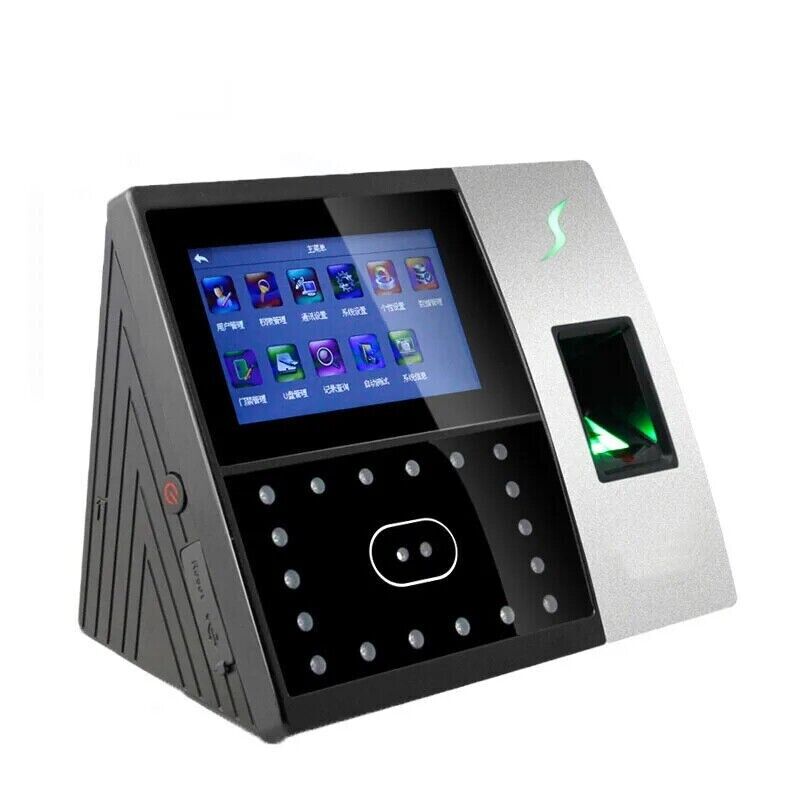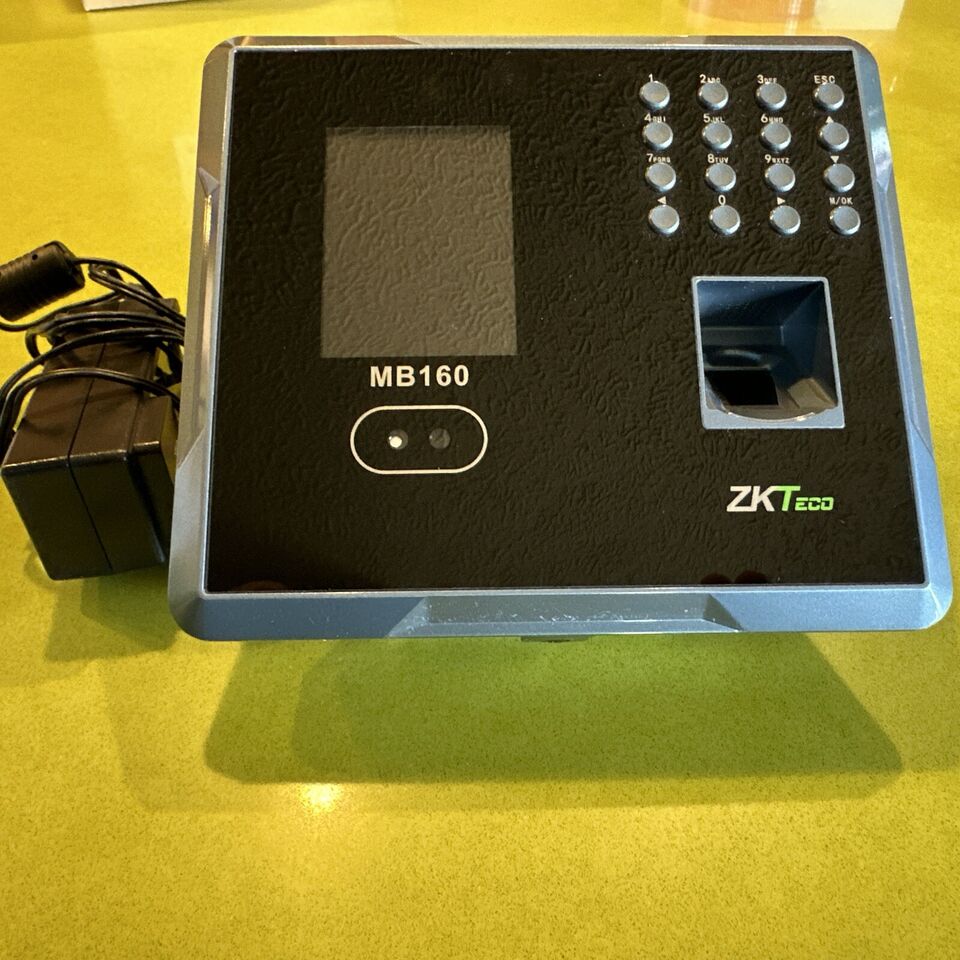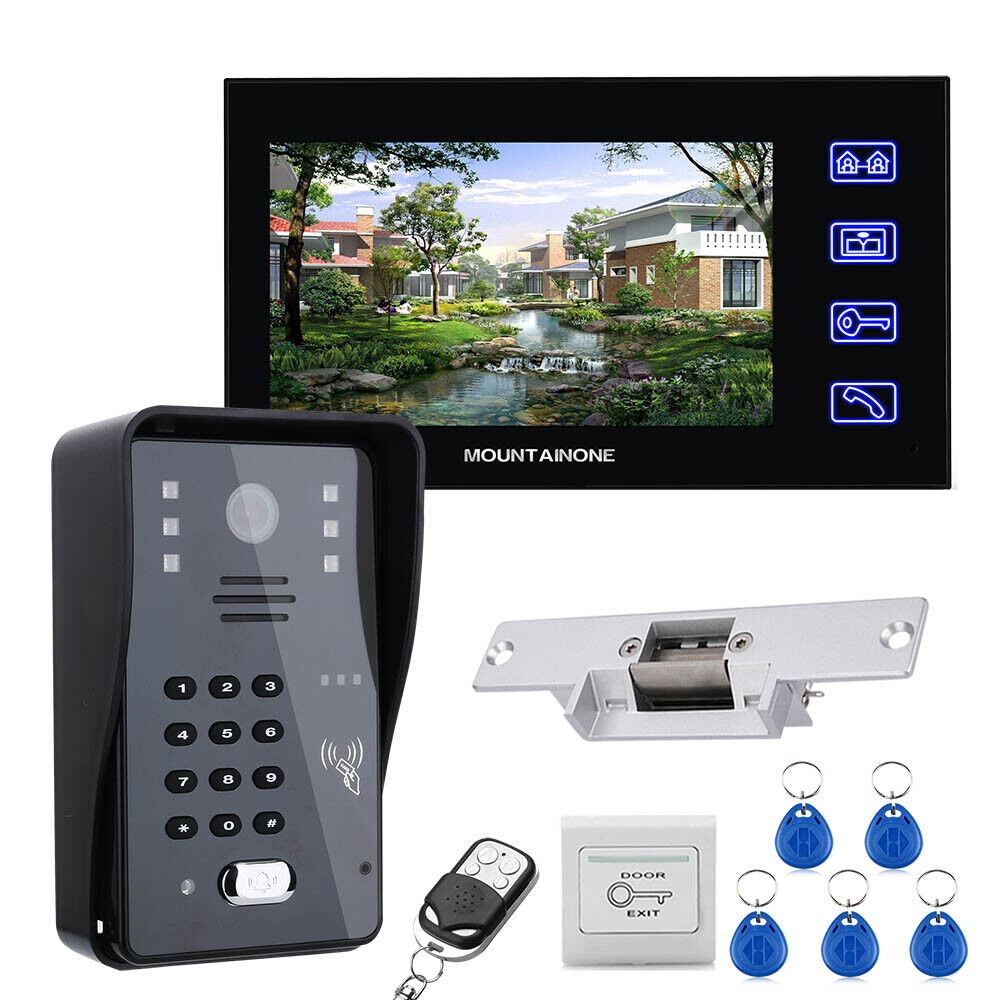Biometric security systems have revolutionized the way we authenticate and verify individuals’ identities. Among the most popular and widely used biometric technologies are fingerprint and facial recognition systems. These systems utilize unique physical characteristics to provide secure and efficient access control. In this article, we will explore the world of biometric security, focusing on fingerprint and facial recognition systems. We will delve into their features, advantages, and considerations for implementing these technologies in various applications.

Fingerprint Recognition Systems
Fingerprint recognition systems have gained significant popularity in recent years due to their accuracy and reliability. Here are some key aspects to consider regarding fingerprint recognition systems:
- Unique Identification: Every individual’s fingerprint is unique, making it an ideal biometric identifier. Fingerprint recognition systems capture and analyze the distinctive patterns and ridges present on a person’s fingertip to establish their identity.
- Accuracy and Reliability: Fingerprint recognition systems have a high level of accuracy and reliability. The likelihood of two individuals having the same fingerprint is extremely low, ensuring that the system can effectively differentiate between authorized and unauthorized users.
- Ease of Use: Fingerprint recognition systems are user-friendly and easy to use. Users simply place their fingertip on the fingerprint sensor, and the system quickly verifies their identity. This convenience makes fingerprint recognition systems suitable for a wide range of applications, such as smartphones, laptops, access control systems, and time attendance systems.
- Speed and Efficiency: Fingerprint recognition systems provide rapid authentication. The process of capturing and matching fingerprints is typically fast, allowing for quick access or verification. This efficiency is particularly valuable in applications where speed is essential, such as airport security checkpoints or employee time tracking.
- Non-Intrusiveness: Fingerprint recognition systems are non-intrusive, requiring only the placement of a fingertip on the sensor. Unlike some other biometric technologies, fingerprint recognition does not require physical contact with the face or any special actions, making it comfortable and hygienic for users.
- Durability: Fingerprint patterns are relatively stable and remain unchanged throughout a person’s lifetime. This characteristic makes fingerprint recognition systems highly durable, ensuring long-term accuracy and reliability.
- Integration and Scalability: Fingerprint recognition systems can be easily integrated into existing security infrastructure. They can be seamlessly connected to access control systems, time attendance software, or other applications, providing a scalable solution for various environments.

Facial Recognition Systems
Facial recognition systems have gained widespread attention and adoption due to their versatility and convenience. Here are some key aspects to consider regarding facial recognition systems:
- Unique Facial Features: Facial recognition systems analyze unique facial features and characteristics, such as the distance between the eyes, the shape of the nose, and the contours of the face. These distinctive attributes create a biometric template that can be used for identification and verification.
- Contactless Authentication: Facial recognition systems offer contactless authentication, making them highly convenient and suitable for various applications. Users simply need to face the camera or sensor, and the system captures and analyzes their facial features without physical contact.
- High Accuracy and Speed: Facial recognition systems have made significant advancements in accuracy and speed, thanks to advancements in computer vision and machine learning algorithms. The systems can quickly match facial images against an extensive database, enabling swift and reliable identification.
- Real-Time Monitoring: Facial recognition systems can perform real-time monitoring and tracking of individuals in a given environment. This capability is particularly valuable in security applications, allowing for proactive identification and response to potential threats or unauthorized access.
- Robustness to Variability: Facial recognition systems are designed to handle variations in appearance, such as changes in facial expressions, hairstyles, or the presence of accessories like glasses or facial hair. Modern systems employ sophisticated algorithms that can adapt to these variations, ensuring accurate recognition under different conditions.
- Multimodal Integration: Facial recognition systems can be integrated with other biometric technologies or security measures, creating a multimodal security solution. For example, combining facial recognition with fingerprint or iris recognition can further enhance accuracy and security, particularly in high-security environments.
- Wide Range of Applications: Facial recognition systems find applications in various industries and sectors. They are used for access control in buildings, airports, and stadiums, as well as for identity verification in law enforcement, banking, and immigration systems. Facial recognition is also used for personalized experiences in retail, personalized advertising, and social media applications.

Considerations and Challenges
Implementing fingerprint and facial recognition systems requires careful consideration of various factors and addressing potential challenges. Here are some important considerations:
- Privacy and Data Security: Biometric data, such as fingerprints and facial images, are sensitive and require robust protection. It is crucial to implement strong encryption, secure storage, and strict access controls to safeguard this data from unauthorized access or misuse.
- Accuracy and False Acceptance/Rejection Rates: Whilebiometric systems have improved significantly in accuracy, there is still a possibility of errors. False acceptance occurs when the system incorrectly identifies an unauthorized person as an authorized one, while false rejection happens when the system fails to recognize an authorized person. Balancing these rates is crucial to ensure an optimal user experience while maintaining security.
- Environmental Factors: Both fingerprint and facial recognition systems can be influenced by environmental factors such as lighting conditions, background noise, or variations in fingerprint quality. Adequate measures should be taken to minimize these effects, such as using high-quality sensors, proper lighting, and noise reduction techniques.
- User Acceptance and Accessibility: User acceptance plays a vital role in the successful implementation of biometric systems. Some individuals may have concerns about privacy or may find the technology intrusive. It is important to address these concerns through transparent communication, user education, and clear consent policies. Additionally, accessibility should be considered for individuals with disabilities who may have difficulty using certain biometric systems.
- Ethical and Legal Considerations: The use of biometric data raises ethical and legal considerations. Clear policies and regulations should be in place to govern the collection, storage, and usage of biometric information. Consent should be obtained from individuals, and transparency should be maintained to ensure compliance with privacy regulations and standards.
- System Scalability and Integration: When implementing biometric systems, scalability and integration with existing infrastructure should be considered. The system should be able to handle a growing number of users and seamlessly integrate with other security measures or applications.
- Maintenance and System Updates: Biometric systems require regular maintenance and updates to ensure optimal performance. This includes calibrating sensors, updating algorithms, and addressing any hardware or software issues that may arise. A well-defined maintenance plan should be in place to ensure the longevity and reliability of the system.

Conclusion
Fingerprint and facial recognition systems offer powerful and secure solutions for authentication and access control. Fingerprint recognition systems leverage the unique patterns present on an individual’s fingertip, while facial recognition systems analyze distinct facial features. Both technologies provide high accuracy, ease of use, and non-intrusiveness. They find applications in diverse sectors, ranging from personal devices to high-security environments.
However, implementing biometric systems requires careful consideration of factors such as privacy, accuracy, environmental conditions, user acceptance, and legal regulations. By addressing these considerations and challenges, organizations can harness the benefits of fingerprint and facial recognition systems while ensuring data security, user privacy, and compliance with ethical and legal standards. As biometric technology continues to advance, these systems will play an increasingly vital role in enhancing security and convenience in our daily lives.
